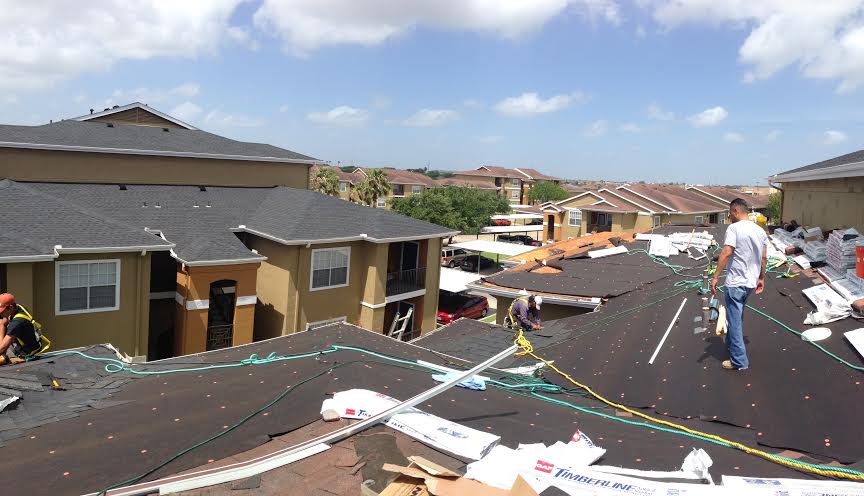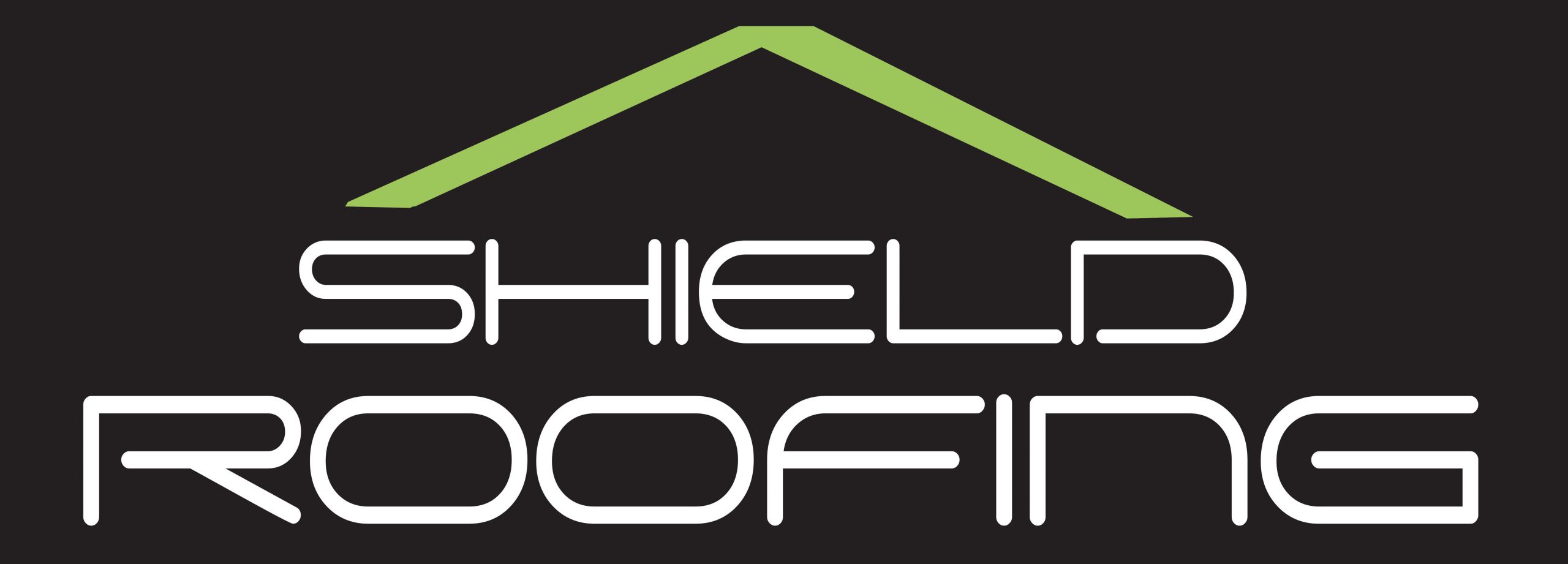When you hear the dreaded drip, drip, or see a leaky ceiling, your heart might skip a beat. It’s roof damage, and it’s often a nightmare for homeowners. But should you immediately file that insurance claim? Not so fast! There are several crucial factors to consider before making this significant decision. Because let’s face it – dealing with insurance can sometimes be as challenging as the damage itself!
In this article, we’ll take you through an in-depth exploration of whether or not to file an insurance claim for roof damage. We’ll explore everything from understanding your home insurance policy and evaluating the extent of the damage to factoring in deductibles and considering how filing could impact future premiums.
Understanding Home Insurance Policies
It’s vital for you to understand your home insurance policy, as it’ll determine what kinds of roof damage are covered and to what extent. Just think of your policy not as a dull piece of paper filled with legal jargon but a safety net ready to catch you when unexpected problems arise. You need to be familiar with those terms and conditions that lie in the fine print – they might seem boring now, but believe me, they can become crucially important should any mishaps occur.
Now let’s delve into it together! Your home insurance policy is typically divided into different sections such as ‘dwelling,’ ‘other structures,’ ‘personal property,’ and ‘loss of use.’ But here’s the kicker: not all types of roof damage may fall under these categories! It could be a hailstorm or wind damage; perhaps an old tree finally gave way and took part of your roof with it. Understanding exactly what your policy covers before disaster strikes isn’t just smart – it creates peace of mind knowing you’re protected against life’s unpredictable moments.
So let’s turn that dry document into a blanket of security, shall we?

Evaluating the Extent of the Damage
Before making any decisions, take a moment to assess the severity of the harm inflicted on your home’s topmost layer. Don’t be hasty; it’s crucial that you fully understand what you’re dealing with here.
Look out for things like missing or cracked shingles, water leaks inside your house, or spots of discoloration on your ceiling – these are telltale signs of roof damage. If you’re unsure about what you’re looking at, consider enlisting the help of a professional. They can give expert advice and provide an accurate estimate of how much repairs will cost.
As important as it is to know when to file a claim, it’s equally important to know when not to. If the damage is minimal and doesn’t affect the structural integrity of your roof, filing a claim may not be worth it considering insurance premiums could rise after a claim is made. Also remember that your policy likely includes a deductible – this means you’ll need to cover part of repair costs out-of-pocket anyway.
So weigh out all factors carefully before making that call – sometimes taking care of minor repairs yourself might actually save you some green in the long run!
Factoring in the Cost of Deductibles
Consider this: your insurance policy’s deductible could significantly impact your decision to seek repairs. What’s a deductible, you might ask? It’s the amount you have to pay out of pocket before your insurance kicks in.
So, let’s say your roof suffered some damage and the cost for repair is $1,500. But oh no! Your insurance has a $1,000 deductible. That means even after filing a claim, you’re still responsible for fronting that thousand bucks yourself. Not exactly chump change.
Now, if the repairs cost significantly more than your deductible, it might be worth it to file that claim. Let’s imagine that storm really did a number on your roof and repairs are estimated at $5,000 – now we’re talking! After paying your $1,000 deductible, insurance will cover the remaining $4,000 which can be a serious relief to your wallet.
But remember: frequent claims can lead to increased premiums or even non-renewal of your policy by insurers in extreme cases. So think carefully and weigh up whether those instant savings outweigh potential future costs.
Considering the Impact on Future Premiums
While it’s true that your immediate financial burden might lighten with an insurance claim, don’t overlook the potential long-term impact on your premiums.
You see, insurance companies are a bit like elephants – they never forget. A history of claims can lead to higher future premiums. This is their way of managing risk; more claims from you means there’s a greater likelihood of them having to pay out again in the future.
So before you go rushing off to file that claim for roof damage, consider this: will the cost of increased premiums over time outweigh the immediate relief?
There’s something quite comforting about knowing that you’re covered when misfortune strikes, right? But imagine opening up your policy renewal notice one day only to discover that your rates have skyrocketed because of past claims. It feels like a betrayal, doesn’t it? That safety net suddenly seems a lot less secure and far more expensive than you’d bargained for.
In conclusion, while filing a claim may seem like the best option now, think about how it could affect you down the line. Make sure whatever decision you make is well-considered and not just about short-term gain but also considers long-term stability for those rainy days ahead.
Assessing the Age and Condition of Your Roof
Let’s take a moment to weigh up the age and condition of your home’s crown, that sturdy roof above your head. Your roof is more than just a structural feature; it’s the protective shield against rain, snow, heat, or hail.
But like any other part of your house, it ages and deteriorates over time. If your roof has seen better days, filing a claim might seem like an attractive option. Before you make that call though, consider how old your roof is and what state it’s in.
Does it have a few minor leaks but still fairly young? Or maybe it’s older with significant damages? Remember this: Insurance companies often factor in the age and condition of the roof when determining whether they’ll cover repairs or replacement costs. If you’ve got an older roof that’s been through some rough weather, there might be fewer chances of getting substantial coverage.
On the flip side, if your roof is relatively new but sustained damage due to an unforeseen event like a storm or hail damage, you stand higher chances of receiving full coverage for repair costs. It may feel quite personal as they assess not just mere numbers but also aspects of care and maintenance over years on part of homeownership journey that often goes unnoticed until faced with daunting circumstances such as these.

Dealing with Insurance Adjusters
Now that you’ve assessed the age and condition of your roof, it’s time to navigate the complex world of insurance. Dealing with insurance adjusters can be a daunting task, but don’t worry! We’re here to guide you through this process.
Before plunging into filing your claim, remember that every interaction with an insurance adjuster is vital. These professionals are trained to minimize payouts, so make sure you’re prepared. Document everything about your roof damage – take pictures, write down specifics, and keep track of repairs made or needed.
It’s important to not rush this – your payout depends on it! Be assertive yet respectful in stating your case; after all, stand firm for what you rightfully deserve! Remember, it’s okay to negotiate if their offer doesn’t cover the full extent of damages. It’s a tricky dance, but hang in there – the right approach will help ensure fair treatment and possibly maximize your claim settlement!
Weighing Alternatives to Filing a Claim
Consider this – taking the time to weigh alternatives before making a decision on filing an insurance claim can often lead to more favorable outcomes. It might seem simpler and straightforward just to file a claim for your roof damage, but you should also consider other options that could save you from potential rate increases or denial of future claims.
For instance, if the cost of repairing your roof is relatively low, it might be more economical to pay out of pocket rather than filing a claim. Also, think about getting multiple quotes from different contractors; they might give you a better understanding of how much the repair will actually cost.
Don’t forget about maintenance either! Regular upkeep can prevent minor issues from turning into major ones that would require an insurance claim. If you’re handy around the house or have friends who are, some smaller repairs could be managed without involving your insurance at all.
This way, when something truly devastating happens like a severe storm or tree falling onto your home, you’ll still have your full coverage available and won’t risk being denied due to too many previous claims. You may feel alone in these decisions but remember there are always people ready and willing to help guide you through these tough choices – whether it’s trusted friends or professional advisers.

